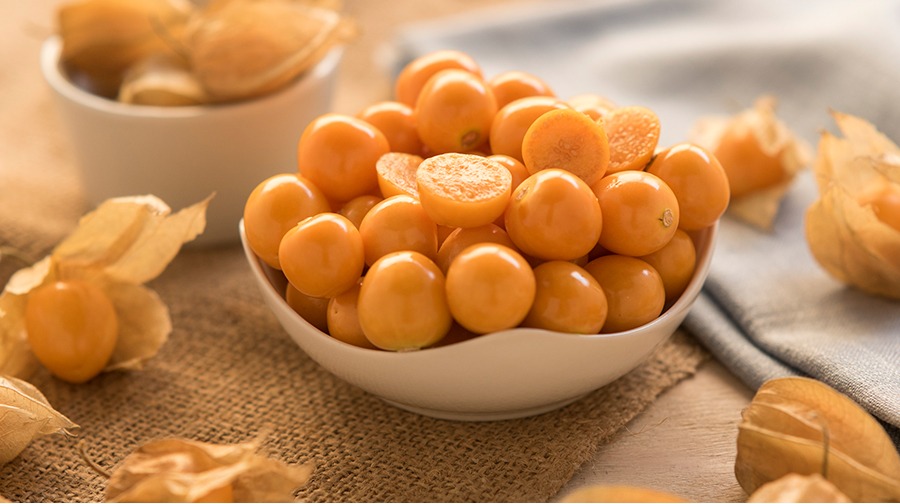Discover the aguaymanto, one of the best foods produced in Peru
Síguenos en:Google News
The aguaymanto, also known as the Cape gooseberry or Goldenberry, is a plant native to the Peruvian Andes, which has been cultivated since pre-Hispanic times. Its fruit, with a bittersweet flavor and exquisite aroma, is considered one of the top five foods produced in Peru with the greatest health benefits.
Its scientific name is Physalis peruviana and it is cultivated mainly in the regions of Junín, Cusco, Huánuco, Cajamarca, and Áncash.
Due to its high content of antioxidants, vitamins A and C, and minerals such as phosphorus and potassium, this superfood is considered to be of great help in strengthening the immune system.
Let's learn more about this wonder of nature
The consumption of aguaymanto, which generally grows wild in moist clay soils, provides important contributions to health. As it is a powerful antioxidant, it helps to slow down cellular aging and improves the performance of cardiovascular functions; there are even studies that attribute aguaymanto to cholesterol-lowering properties in patients with hypercholesterolemia.
Martha Villar López, head of Complementary Medicine for Peru’s Public Health Services — EsSalud — points out that the large amount of antioxidants in this fruit allows the organism to combat the negative effects of stress, and helps to stabilize the glucose level in the blood. In this sense, aguaymanto consumption is recommended for people with diabetes.
She also points out that, as aguaymanto is so rich in vitamins A and C, it contributes to the prevention of respiratory diseases, such as asthma. In addition, she notes that its antibiotic and diuretic properties help the body keep on top of urinary problems, and that its flavonoid content is a great natural tranquilizer.
Another benefit of consuming aguaymanto lies in its high content of dietary fiber, which allows the fruit's pectin to act as an intestinal regulator.
Did you know?
- In Quechua it is known as Topotopo; while in Aymara it is called Uchuva.
- Aguaymanto can be consumed in juices, salads, jams, yogurt, cakes, ice cream and liquor
Sources: Indecopi/ RPP/ El Comercio








